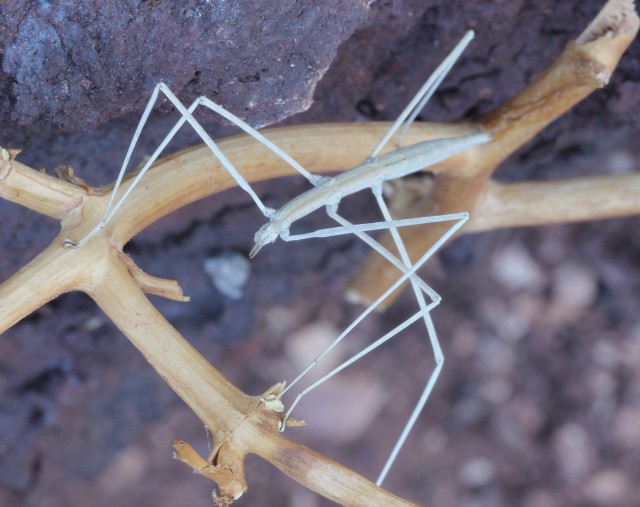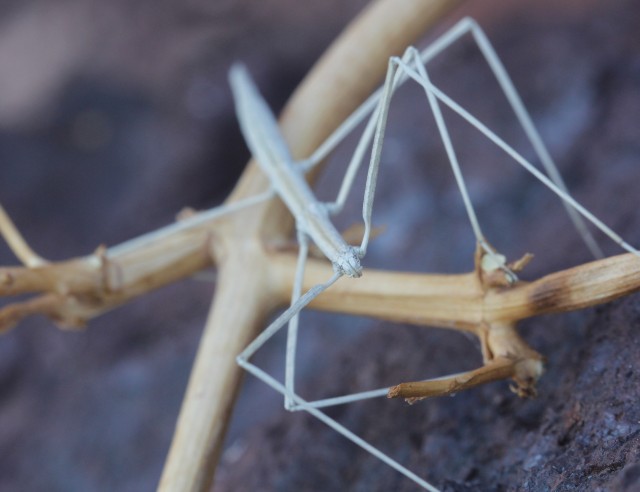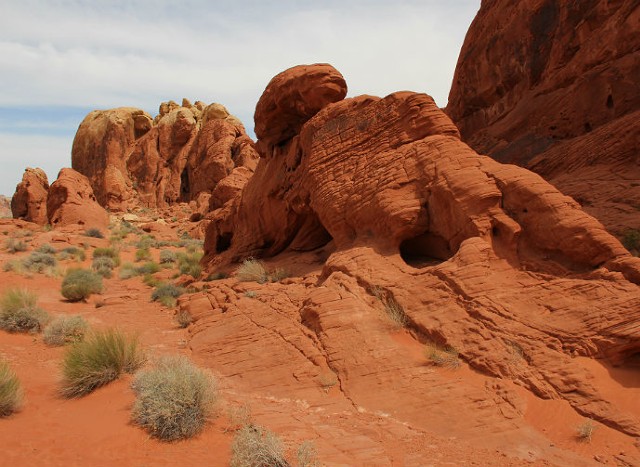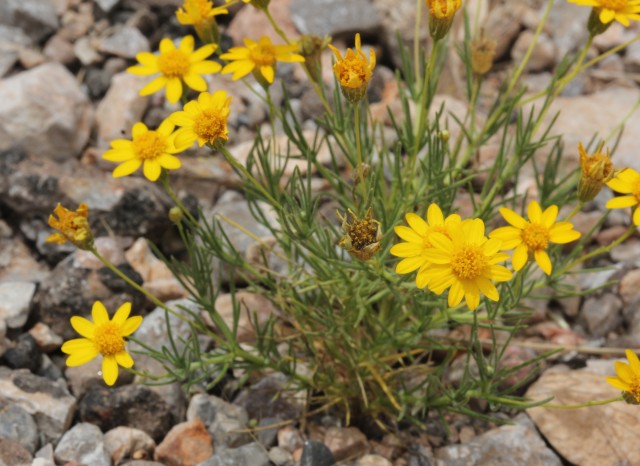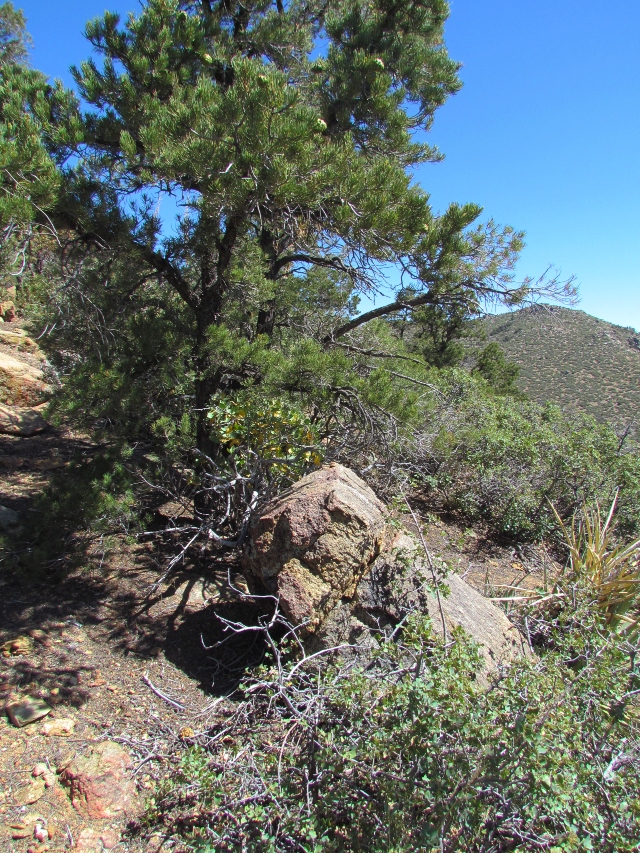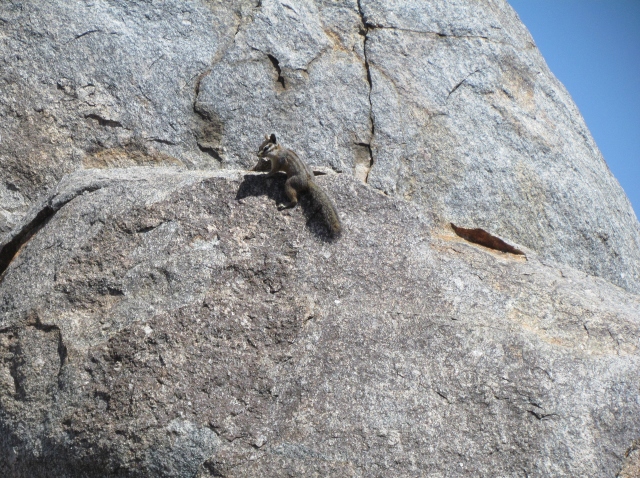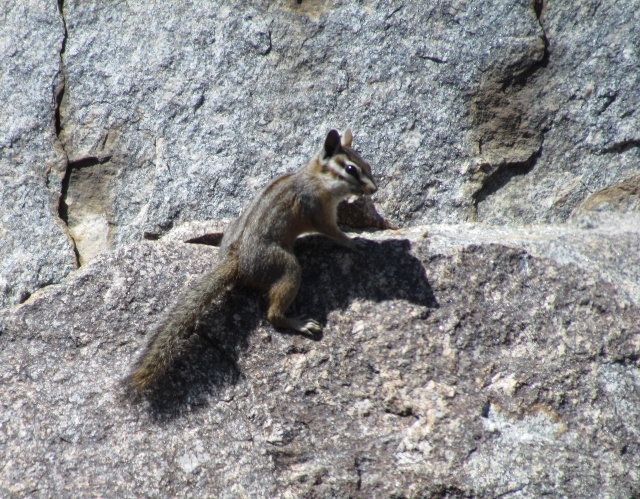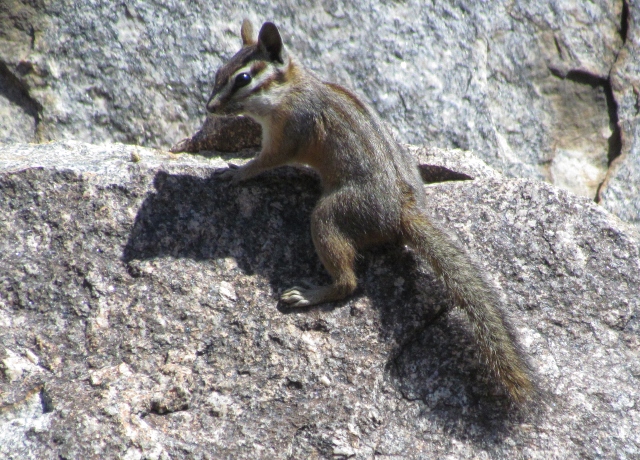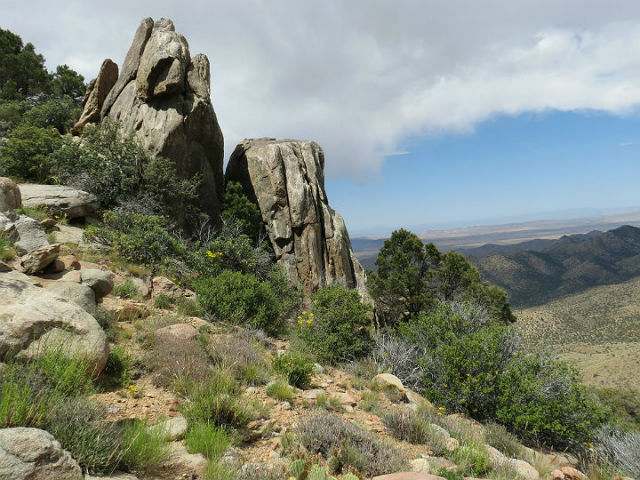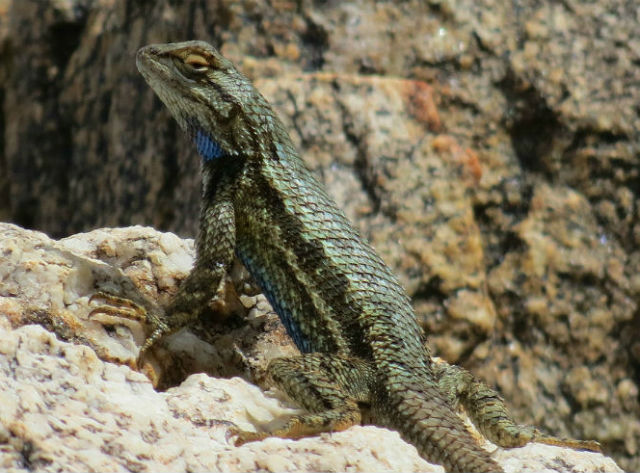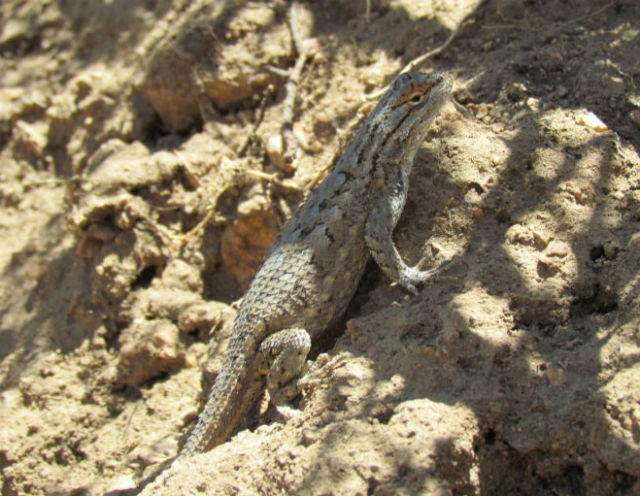I’ve only found a few Walking Stacks in my travels, but these bizarre-looking, slow-moving, plant-eating insects are hard not to like. Not only do they have a widespread distribution, fossil records indicate that they have evolutionary roots that reach back more than 200 million years, to the Triassic geologic period.
These intriguing creatures have raised camouflage to a art form. This is the only example of one that I’ve ever found in the desert and it’s easy to see how well it blends in with dead twigs. Its taxonomic family name, “Phasmatidae,” is derived from the Greek word “Phasma,” which means, appropriately, phantom or apparition.
Short-horned Walking Sticks are found in dry, arid regions of the Southwestern United States in the Summer and Autumn. Their habitat is in chaparral and open fields where they can be found feeding on the foliage of Globemallow, Deerweed, and other native plants.
The “short-horned” part of their common name refers to their antenna, which are just little stubs. The species that lives near me has much longer antenna, about one-third of the insect’s body.
The walking stick is the longest of all the modern insects, with a documented specimen from Borneo measuring more than two feet in length. Its other common names: Specter, Devil’s Horse, Devil’s Darning Needle and Witch’s Horse – reflect its hold on the human imagination.


